Milestones
The Wacker Neuson Group has a long-standing tradition of innovation.
Its story began in 1848 with the foundation of a blacksmith’s shop in Dresden, Germany. The company has been shaping and evolving the construction and agricultural industries ever since with its culture of innovation.
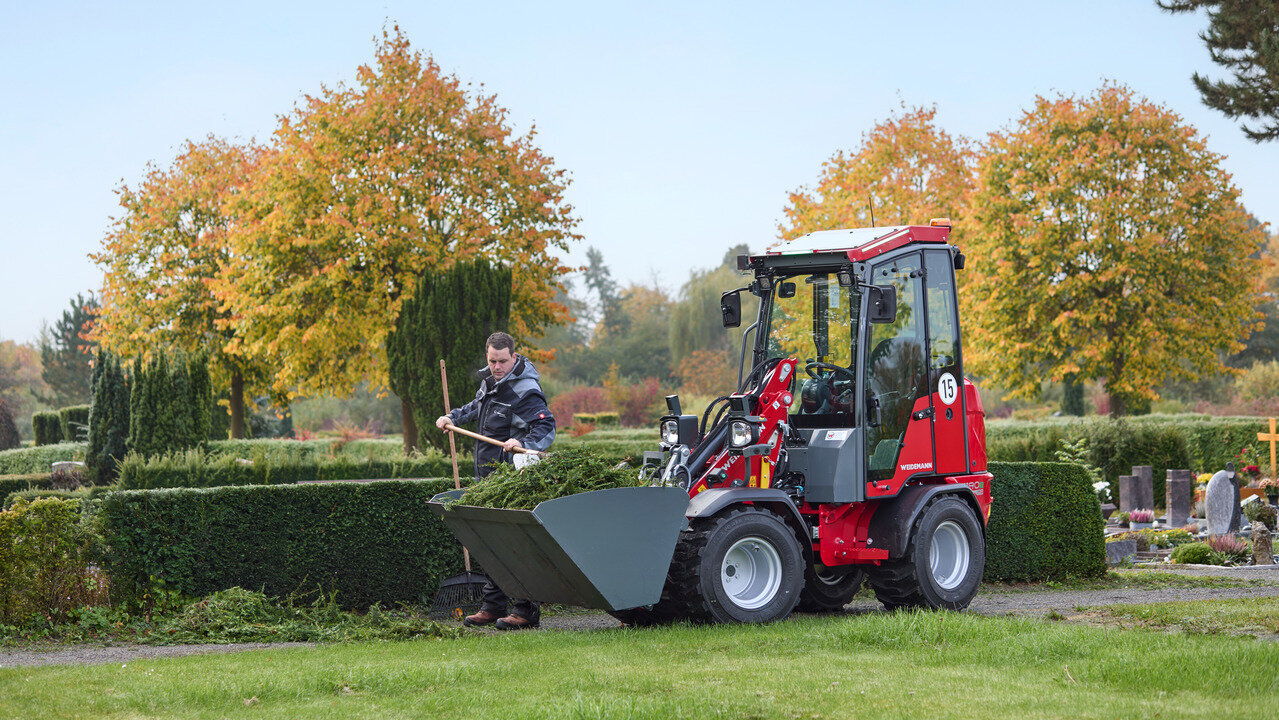
2025
Weidemann 1190e imp - “Follow me” assistance function
Work more efficiently and safely: This is made possible by the Weidemann 1190e imp with “Follow me” assistance function. This allows the Hoftrac to follow the operator automatically - ideal support for recurring manual tasks. Weidemann received the EuroTier Innovation Award for this innovative solution.
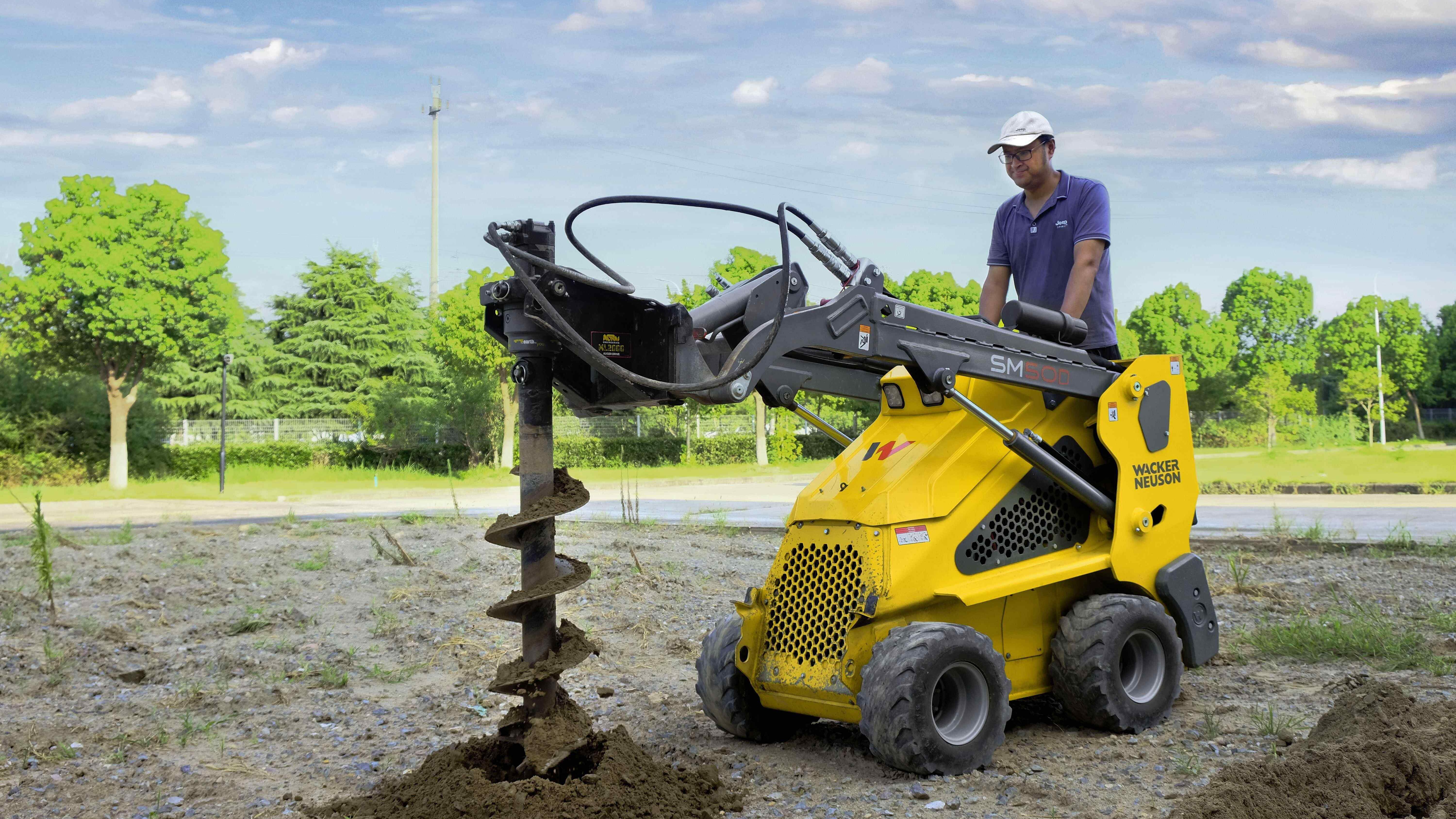
2025
Miniloaders
Wacker Neuson Miniloaders are now available worldwide on track and on wheels. Those multitools for the construction site are available with a variety of attachments and are therefore suitable for a wide range of tasks.

2023
175 Years: a Strong Foundation
The roots of the Wacker Neuson Group go all the way back to 1848, when Johann Christian Wacker founded a forge workshop in Dresden. Since then, innovation has been a tradition in the Wacker Neuson Group – it is part of the company’s DNA.

2022
zero emission Ecosystem
The Wacker Neuson Group attends the entire zero emission ecosystem: from the charging infrastructure to services and different usage models of the battery. New, among others: the Charging Box as a “mobile power bank” for the job site.

2022
EW100 mobile excavator
The mobile excavator is ahead of its time with features like attachment autorecognition, a human-machine interface and various driver assistance systems and interfaces. As well as being user-friendly, the machine offers compelling cost efficiency and environmental benefits.
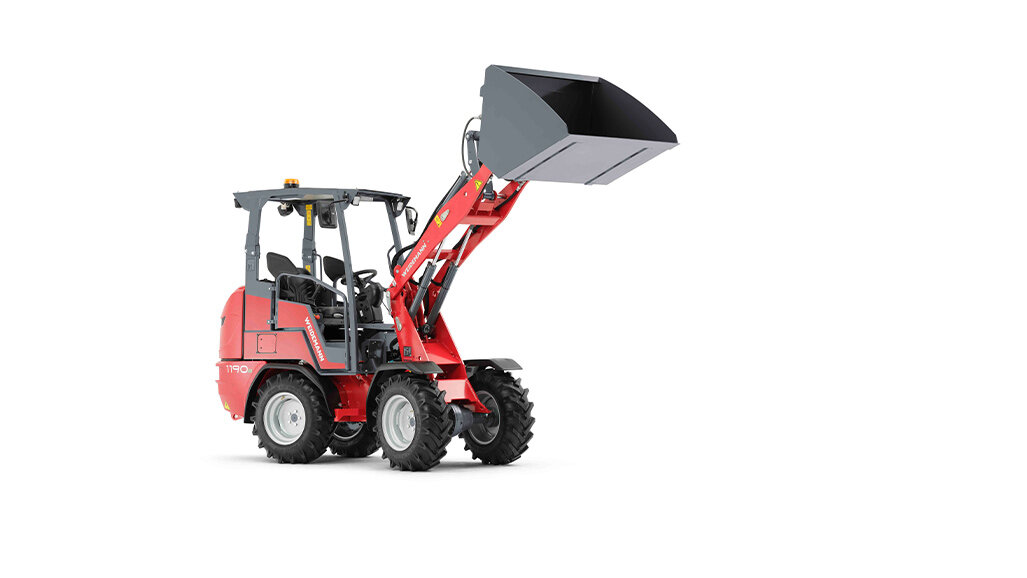
2022
Weidemann 1190e
Weidemann launches the third generation of the electric Hoftrac, the 1190e. Featuring cabin heating for the first time, this agricultural loader can now be used completely independently of the weather. A new lithium-ion battery extends operating hours.

2022
ConcreTec
The ConcreTec assistance system from Wacker Neuson is designed for simple, transparent and reproducible compaction of concrete and concrete components. The main highlight of ConcreTec is that it enables consistently high product quality standards.

2022
Acquisition of the Enar Group
The Wacker Neuson Group strengthens its concrete technology business with the acquisition of the Spanish Enar Group. Enar manufactures light construction equipment and specializes in concrete compaction.

2021
7-meter telescopic handler from Weidemann
Weidemann makes its mark in the 7-meter telescopic handler class. The two new telescopic handlers feature a "Best View Cabin" which provides a unique all-round view for the operator. Driver ergonomics and safety are optimized for the most comfortable operator experience.

2021
New Weidemann location in Korbach
The new Weidemann building at the Korbach site with administration, Training Center and Technical Center is inaugurated and opens up new possibilities.

2021
Smart Attach
Kramer develops the Smart Attach hydraulic system. This quick-hitch technology allows the operator to fit and replace an attachment in seconds without leaving the cabin.

2020
EZ17e electric excavator
The fully electric EZ17e mini excavator brings emission-free construction sites to life. Combined with other e-machines from Wacker Neuson’s portfolio, the EZ17e means that an entire construction site can now be operated with minimal noise levels and zero local emissions.
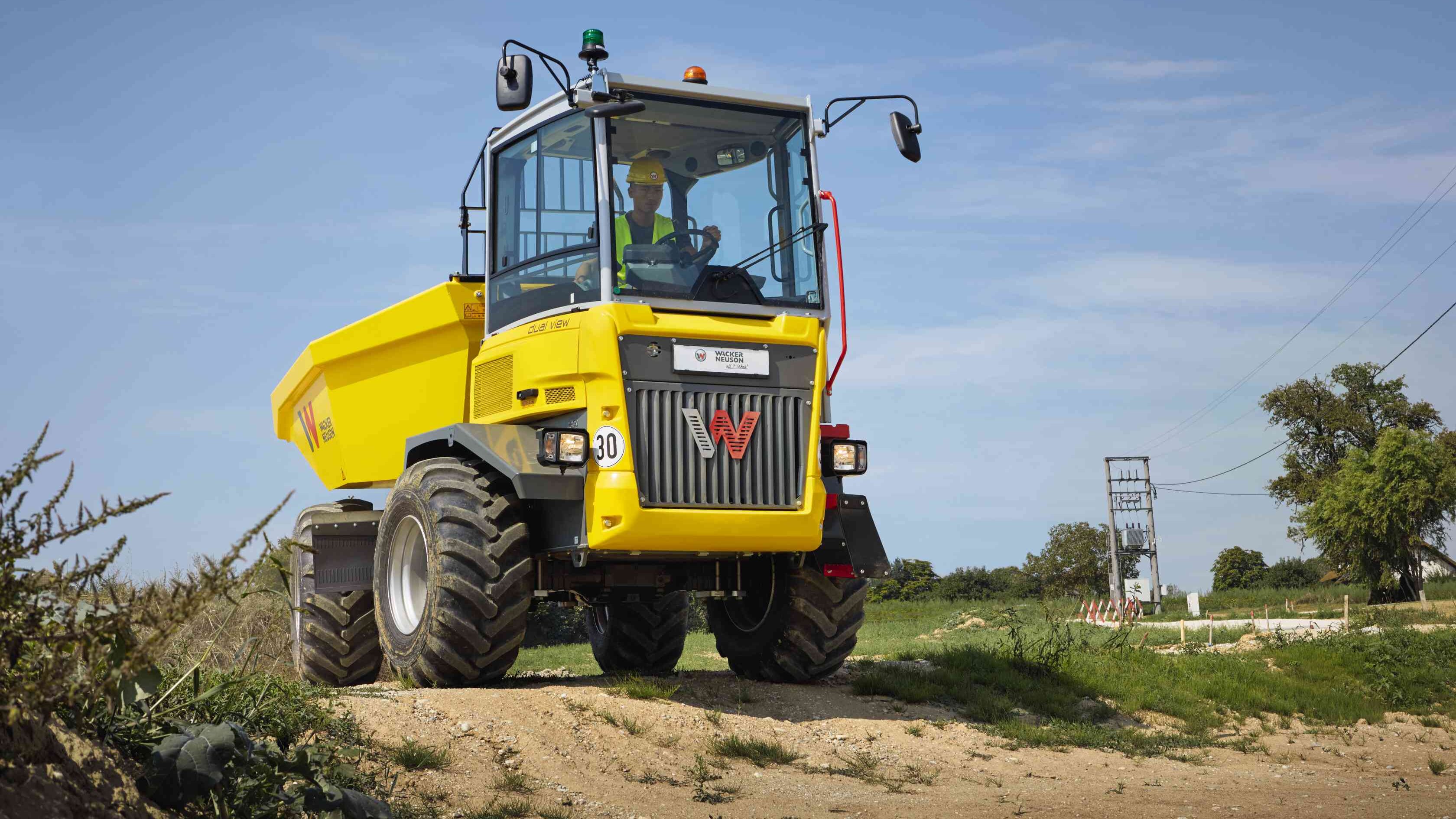
2019
Dual View dumper
Wacker Neuson launches the Dual View dumper. With an operating and seat console that can be rotated through 180°, this wheel dumper gives the operator a perfect all-around view. Greater visibility also minimizes risks on construction sites.

2018
Chinese production site commences operations
A new Wacker Neuson plant starts production in Pinghu, China. It was built to supply the Asia-Pacific market with Wacker Neuson products.

2015
The first eHoftrac is brought to market
Weidemann starts production of the first fully electric Hoftrac. The electric agricultural loader delivers the same performance as a conventional machine but is much quieter and more environmentally friendly. The machine can also be charged at any 230 V socket.

2014
Introduction of the zero emission series
The Wacker Neuson Group presents its zero emission range with battery-powered light equipment and fully electric compact machines. Weidemann unveils the eHoftrac with Wacker Neuson presenting the AS30e and AS50e battery-powered rammers. Kramer rounds these off with the 5055e wheel loader.

2013
Compatec compaction control system
Compatec compaction control guides operators through the soil compaction process. It is particularly valuable for users who only work occasionally with vibratory plates. Eight LEDs show the operator how far the compaction process has progressed.

2012
New location in Linz, Austria
The foundation of Neuson Hydraulik GmbH in 1981 lays the foundation for one of the Wacker Neuson Group’s most important product segments. Excavators have been developed and manufactured in Hörsching, near Linz, Austria since 2012.

2012
Kramer goes back to its agricultural roots
After the foundation of Wacker Neuson, Kramer becomes more active in the construction industry. From 2012 onwards, it turns its attention back to the agricultural business. The distinction is also reflected in the official color scheme from 2012 on – with agricultural equipment sporting green and construction equipment favoring yellow.
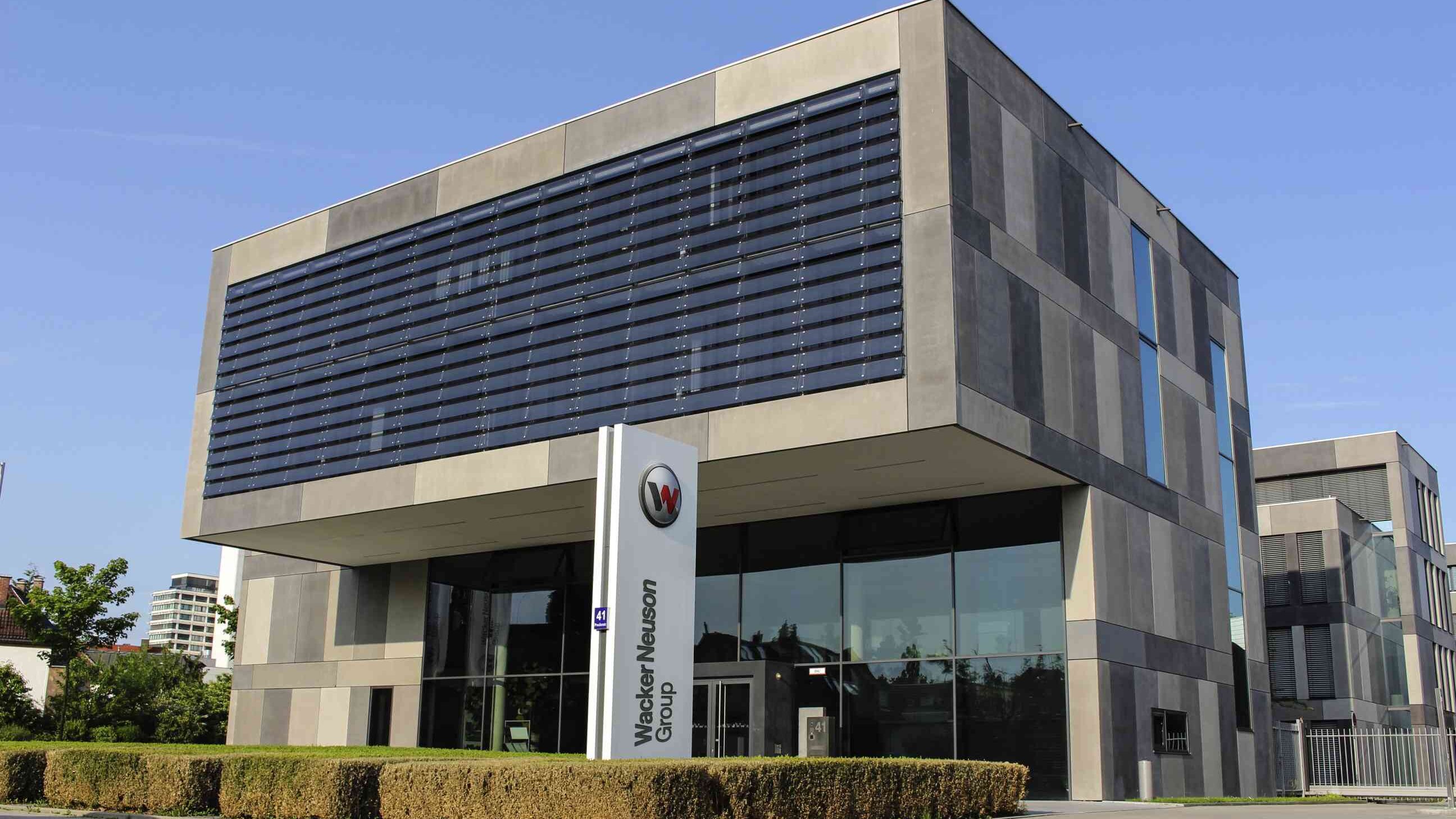
2011
Group headquarters are officially opened
The new Group headquarters of Wacker Neuson SE are located to the north of Munich. The building features exposed concrete surfaces in different shades, underlining the company’s long-standing expertise in concrete technology.
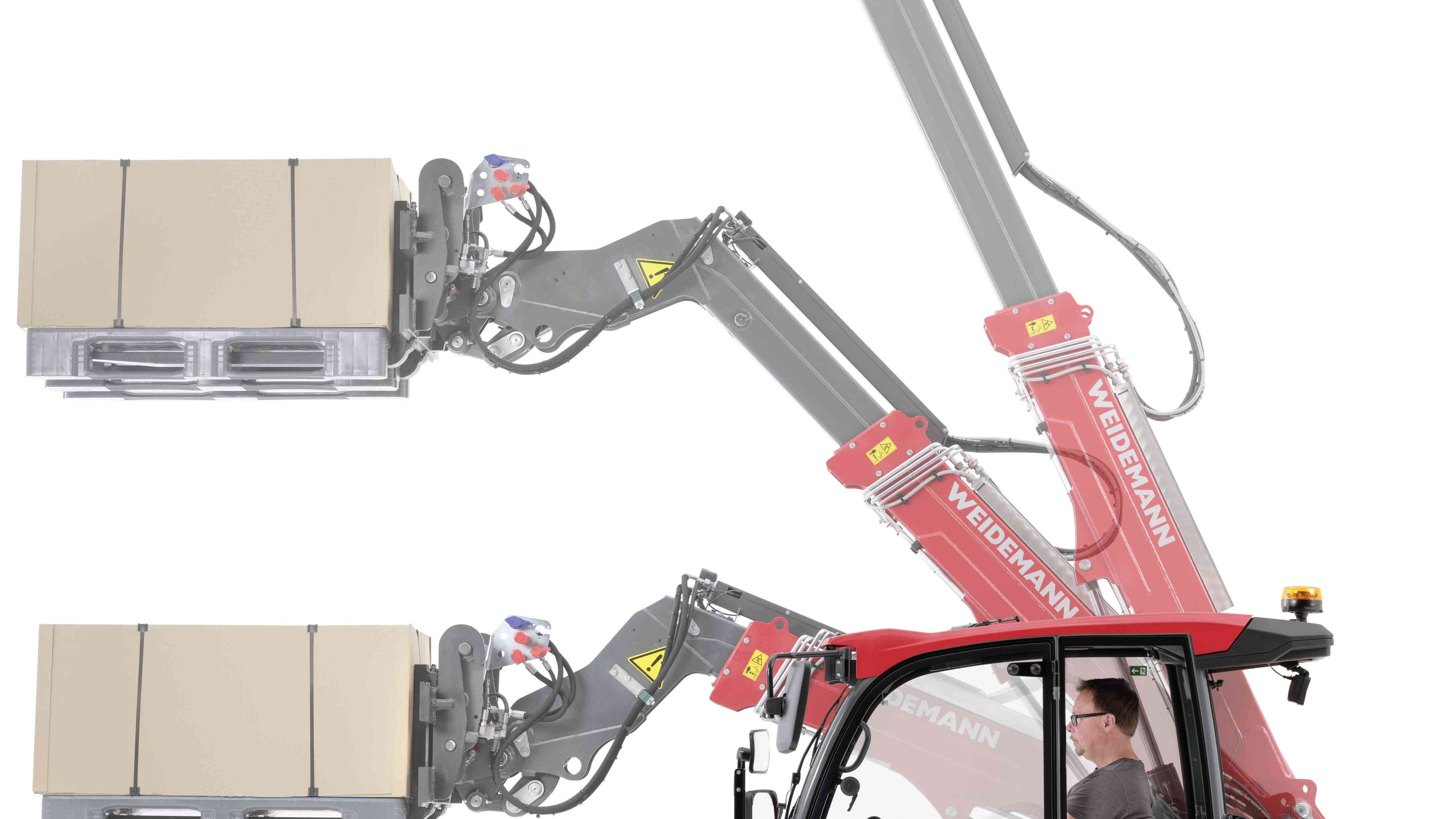
2010
Vertical Lift System (vls)
The Vertical Lift System (vls) prevents machines from tipping to the front or rear due to overload thanks to a semi-automated telescoping movement that guides the load evenly close to the machine.

2010
First compact telescopic handler
This landmark handler is the first of its kind. The TH412/T4512 compact telescopic handlers combine the advantages of a conventional telehandler with the strengths of a utility track loader and the versatility of a standard forklift.

2010
The most powerful vibratory plate
Unveiling of the DPU130r: the first vibratory plate with two base plates goes to market. It can replace a heavy 7-ton roller but is lighter, more compact and more flexible. The plate can be controlled remotely.

2007
Official opening of the production hall in Korbach
Weidemann commences operations in Korbach in 2007. Today, the Korbach site ranks as one of the company’s core factories.

2007
Merger of Wacker and Neuson/Kramer
Neuson Kramer Baumaschinen AG merges with Wacker Construction Equipment AG – a family business with a strong heritage and traditional values. This mutually complementary merger extends the product offering and sales reach of both companies.

2007
IPO
Wacker Construction Equipment AG goes public in May 2007. In 2009, she becomes Wacker Neuson SE.

2005
Articulated wheel loaders
In 2005, Weidemann GmbH brings a portfolio of articulated wheel loaders to the Group. Since then, this compact line has been marketed under the Weidemann brand for the agricultural sector and the Wacker Neuson brand for the construction industry.
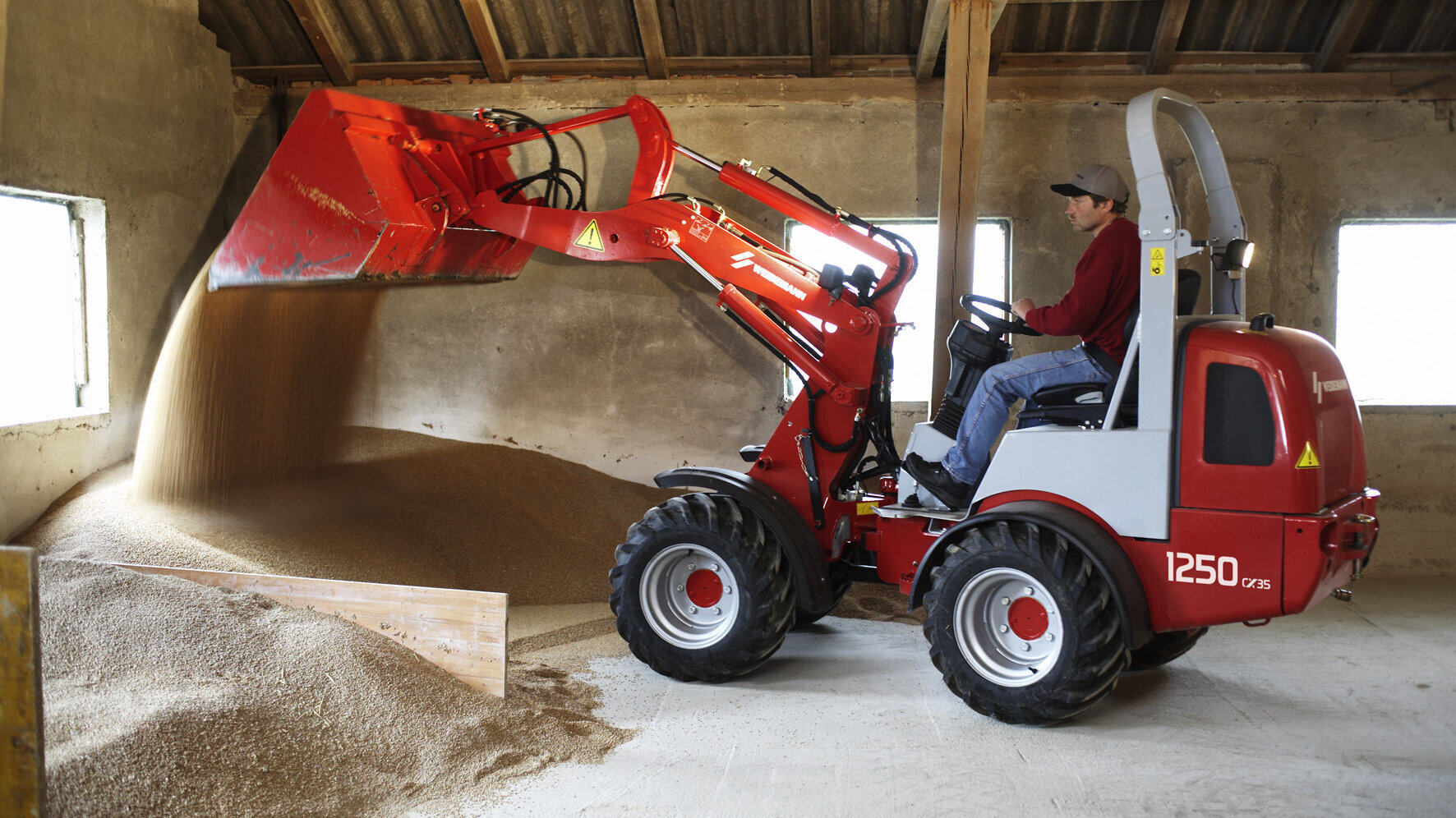
2005
Weidemann joins the Group
Weidemann GmbH merges with Wacker Construction Equipment AG. The new addition brings value to the company in the form of compact equipment for the agricultural industry.

2000
Neuson Kramer Baumaschinen AG
Neuson Baumaschinen GmbH and Kramer-Werke GmbH merge to form Neuson Kramer Baumaschinen AG. The Austrian company is headquartered in Linz, Austria.

1992
Series production of tele wheel loaders
Thanks to their undivided chassis, the Kramer tele wheel loaders extend the dumping height by 1.5 meters without compromising on stability. The machines meet customer demands and become an integral part of the Kramer product portfolio.

1988
Development of the VDS
The innovative Vertical Digging System (VDS) for excavators is introduced. This system allows the operator to dig more precisely on the vertical plane even on uneven terrain, such as on the edge of curbs or on slopes. It makes excavation work more efficient, faster and more convenient for the operator.

1984
First hydraulic mini excavator
1984 sees the introduction of the first Neuson hydraulic mini excavator. This initial launch is followed by many mini excavator innovations. From 2000 onwards, dumpers are also developed and produced in Austria.

1981
Foundation of Neuson Hydraulik GmbH
Neuson Hydraulik GmbH is founded in 1981.

1978
Construction of the new Weidemann plant in Flechtdorf
A new Weidemann production facility is built in Flechtdorf, Germany. In addition to the main plant in the town center, this will open up new production capacities.
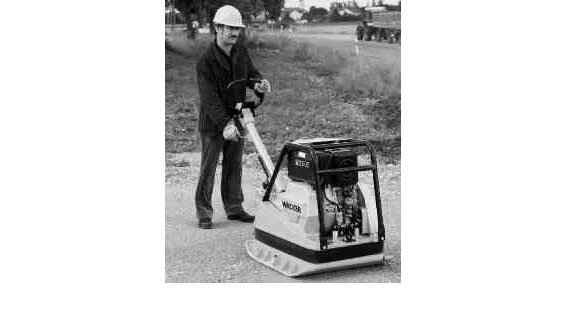
1973
First reversible vibratory plate
Inspired by innovative ideas, the first DVU reversible vibratory plate marks a further milestone in performance excellence. It enables variable control of movement (in both directions) and of speed, also supporting on-the-spot compaction. It thus gives operators greater mobility and flexibility.
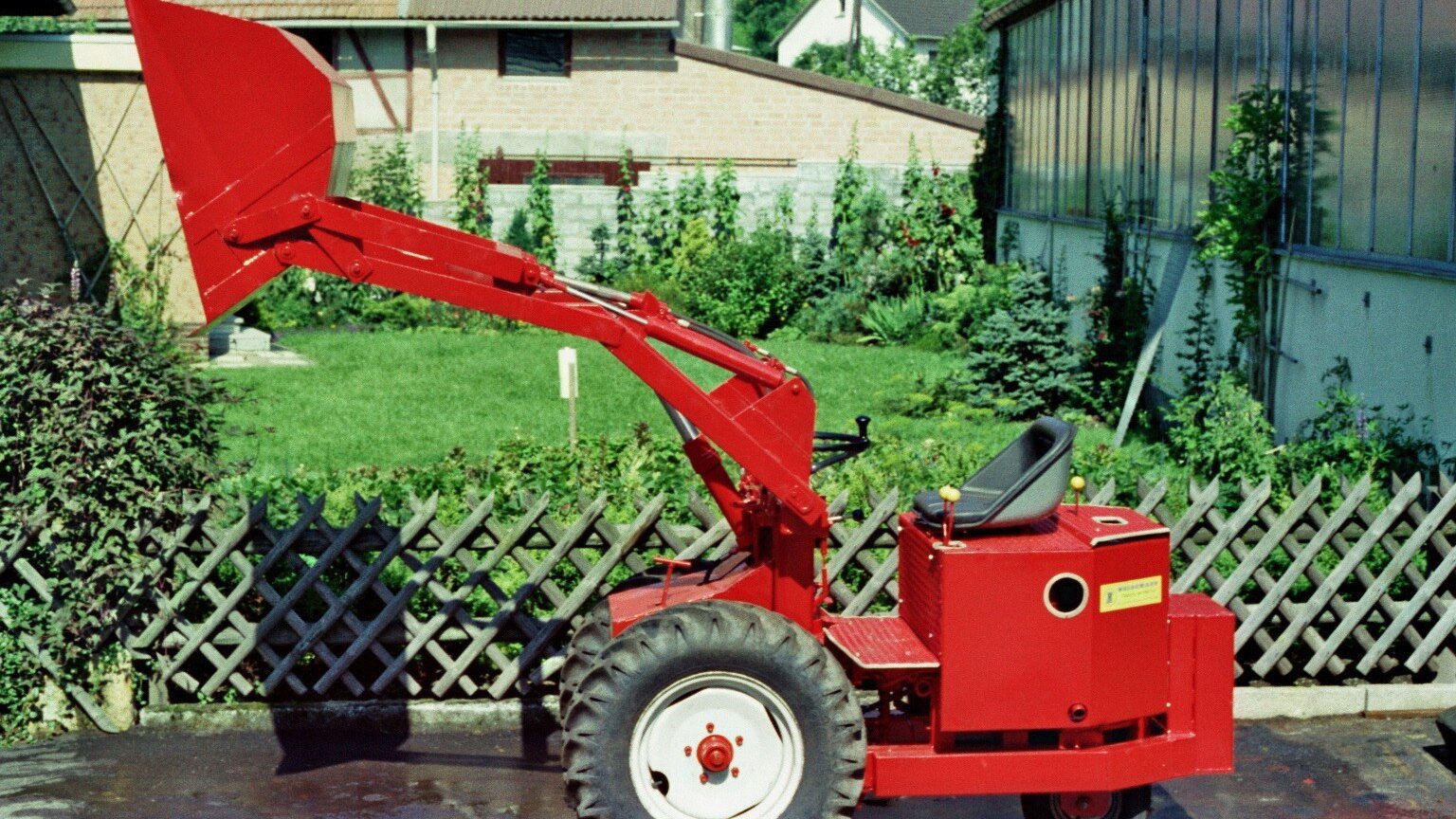
1972
Invention of the Weidemann Hoftrac®
The original from Weidemann! The first version of the Hoftrac is a 3-wheel construction. Its narrow design makes it possible to work in confined spaces such as barns. With the invention of the Hoftrac, Weidemann had a significant impact on agricultural mechanization. In 1974, the Perfekt 130, the first series-produced articulated Hoftrac, was launched. Weidemann thus revolutionized the agricultural sector.

1964
Production plant in Reichertshofen
Wacker purchases a ten-hectare site in Reichertshofen, southern Germany, to extend its production capacity. The production plant is established in 1964 to satisfy growing demand for innovative, high-quality light equipment among professional users.

1960
Maschinenfabrik Weidemann KG is founded
Diemelsee-Flechtdorf in Germany is the birthplace of Weidemann. The company develops from a village blacksmith's shop and initially focuses on stable equipment and manure removal systems.

1957
Production facility in the US
“Wacker” reaches across the Atlantic in 1957. Today, the US affiliate Wacker Neuson Corporation has its headquarters on a 66-plus hectare site in Menomonee Falls.

1952
Rammers with a combustion engine
Rammers become more versatile with a design that incorporates a combustion engine, bringing range, flexibility and practicality gains. Operators can now use the highly efficient rammers even on building sites without a power supply.

1934
The first internal vibrator conquers the market
By inventing the world’s first internal vibrator, Wacker Neuson revolutionizes an entire construction sector and enables professional concrete compaction. The high frequency increases compaction performance and thus the quality of the concrete. This vibrator lays the foundation for a new line of business.

1933
Kramer is the first company to deploy diesel engines
The diesel engine is now the industry standard in tractor design. Few industry players are aware, however, that Kramer pioneered this move. Back then, the resulting speed of 15 km/h was unheard of for tractors.

1930
The first electric rammer is invented
Hermann Wacker revolutionizes an entire industry sector. He invents the world’s first electric rammer, laying the foundation for the concrete and soil compaction sector and for his company. Wacker soon became synonymous with rammer tasks on construction sites.

1925
Foundation of Kramer
The company is established in Gutmadingen, Germany. Its 4 HP compact tractors are unveiled towards the end of the same year.
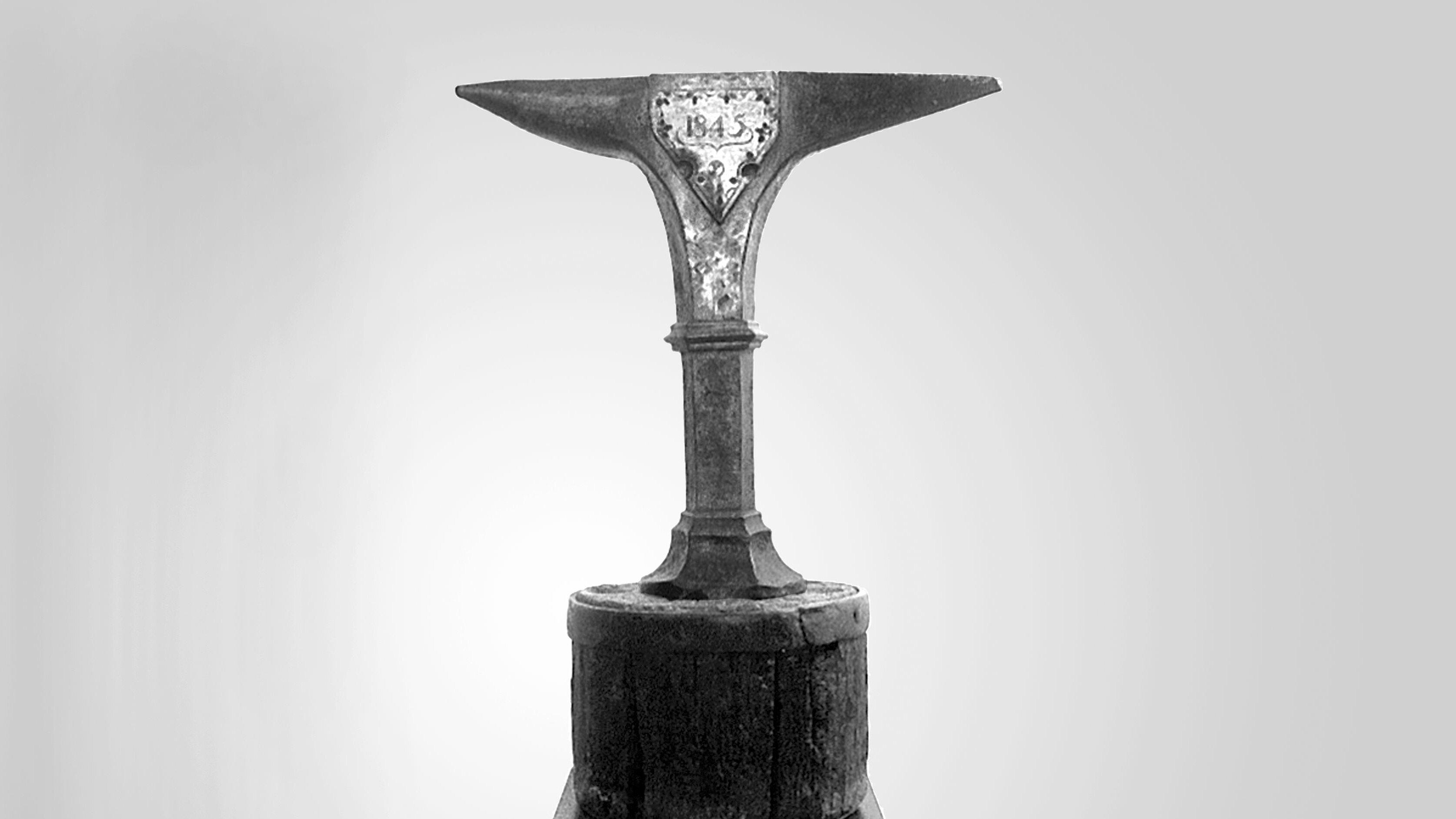
1848
Foundation of the Wacker blacksmith shop
The Group’s roots date back to 1848 and the German city of Dresden. It is here that Johann Christian Wacker founds a blacksmith’s shop bearing his name. The business starts industrial production in 1875.
